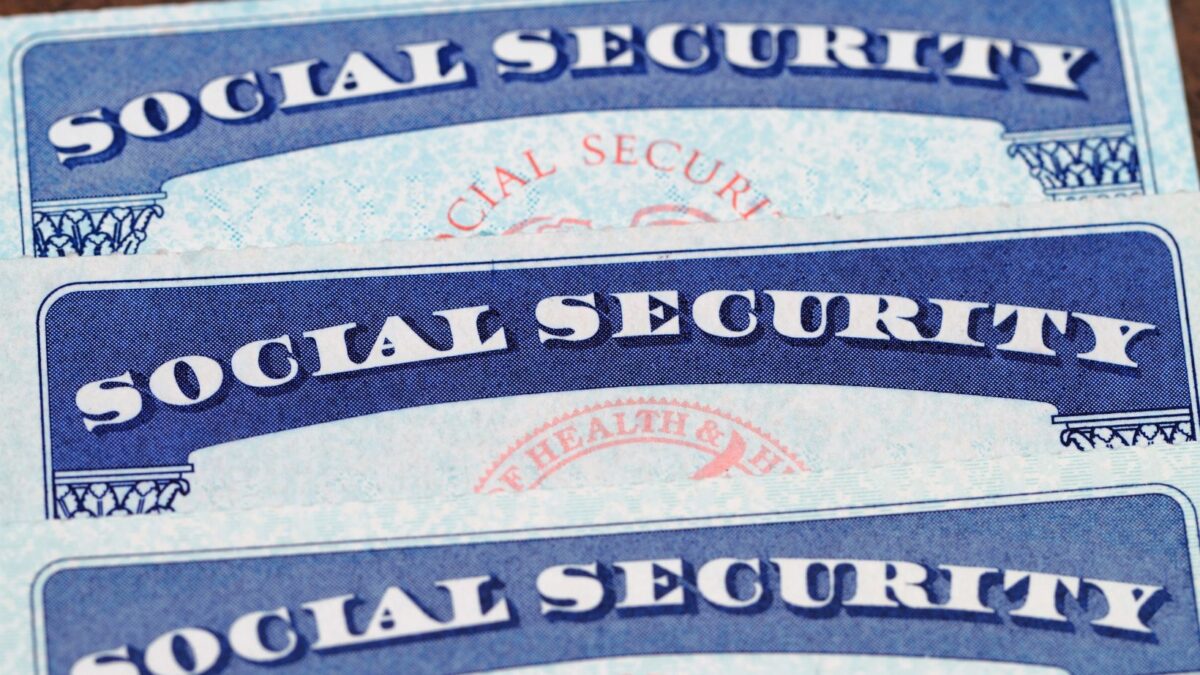I.1, Social Security Wage Cap and Benefit Amounts Increase for 2026 (SSA Press Release; SSA Fact Sheet)

WJM Announces Promotion of John Zink, CPA, MBA
September 4, 2025
C.1, IRS Math And Taxpayer Help Act Advances to White House For Signature
October 29, 2025Oct. 27, 2025
Federal Tax
For 2026, the Social Security wage cap will be $184,500, and Social Security and Supplemental Security Income (SSI) benefits will increase by 2.8 percent. These changes reflect cost-of-living adjustments to account for inflation.
Wage Cap for Social Security Tax
The Federal Insurance Contributions Act (FICA) tax on wages is 7.65 percent each for the employee and the employer. FICA tax has two components:
- a 6.2 percent social security tax, also known as old age, survivors, and disability insurance (OASDI); and
- a 1.45 percent Medicare tax, also known as hospital insurance (HI).
For self-employed workers, the Self-Employment tax is 15.3 percent, consisting of:
- a 12.4 percent OASDI tax; and
- a 2.9 percent HI tax.
OASDI tax applies only up to a wage base, which includes most wages and self-employment income up to the annual wage cap.
For 2026, the wage base is $184,500. Thus, OASDI tax applies only to the taxpayer’s first $184,500 in wages or net earnings from self-employment. Taxpayers do not pay any OASDI tax on earnings that exceed $184,500.
There is no wage cap for HI tax.
Maximum Social Security Tax for 2026
For workers who earn $184,500 or more in 2026:
- an employee will pay a total of $11,439 in social security tax ($184,500 x 6.2 percent);
- the employer will pay the same amount; and
- a self-employed worker will pay a total of $22,878 in social security tax ($184,500 x 12.4 percent).
Additional Medicare Tax
Higher-income workers may have to pay an Additional Medicare tax of 0.9 percent. This tax applies to wages and self-employment income that exceed:
- $250,000 for married taxpayers who file a joint return;
- $125,000 for married taxpayers who file separate returns; and
- $200,000 for other taxpayers.
The annual wage cap does not affect the Additional Medicare tax.
Benefit Increase for 2026
Finally, a cost-of-living adjustment (COLA) will increase social security and SSI benefits for 2026 by 2.8 percent. The COLA is intended to ensure that inflation does not erode the purchasing power of these benefits.
Social Security Fact Sheet: 2026 Social Security Changes
SSA Press Release: Social Security Announces 2.8 Percent Benefit Increase for 2026

